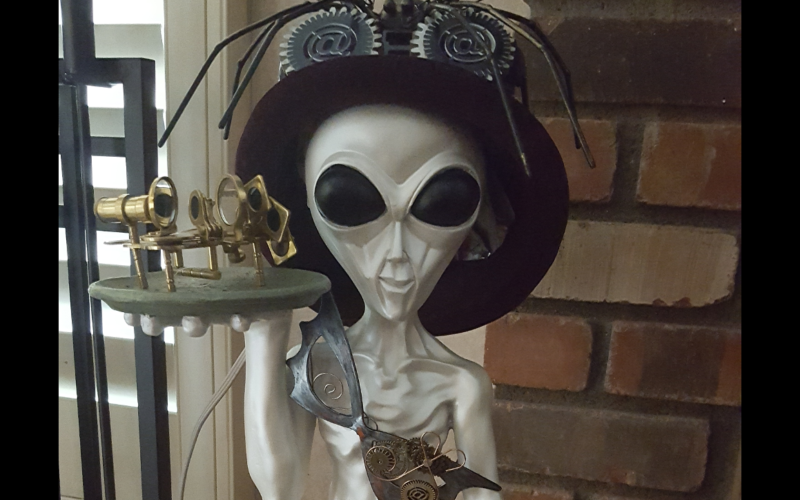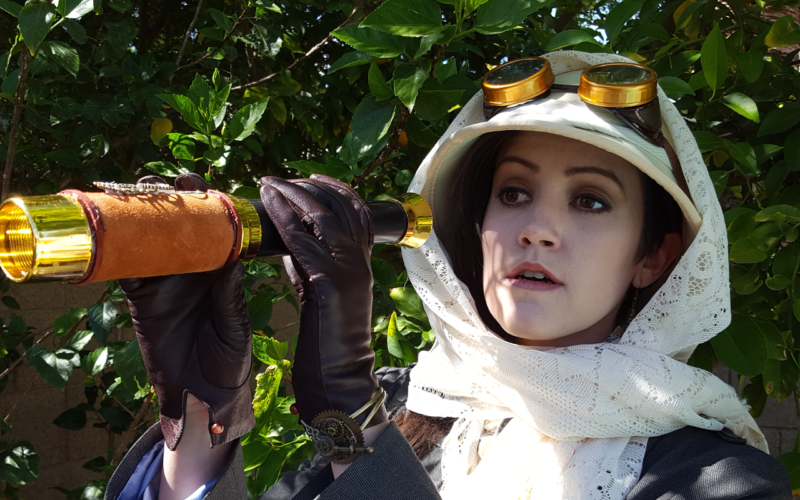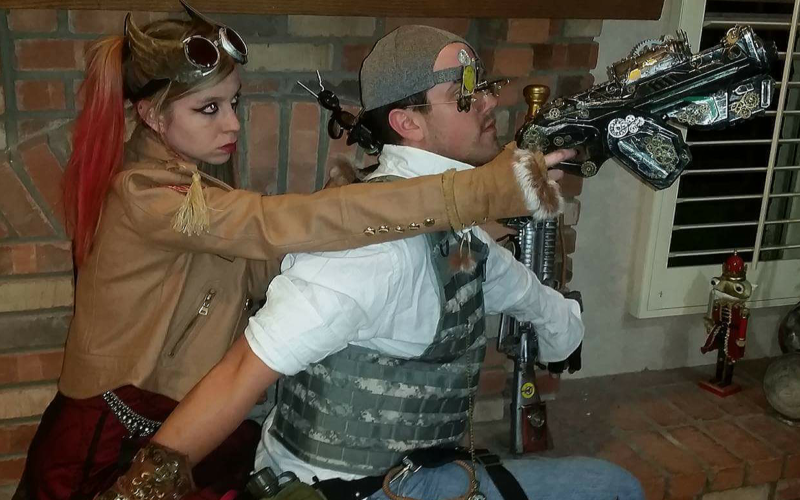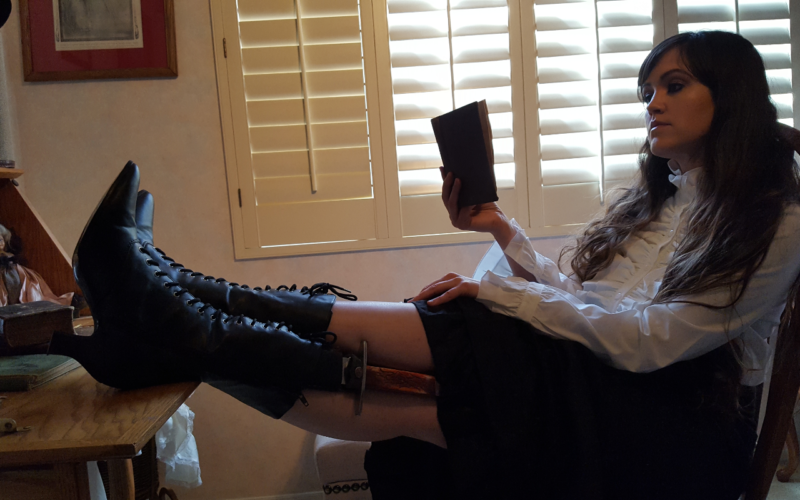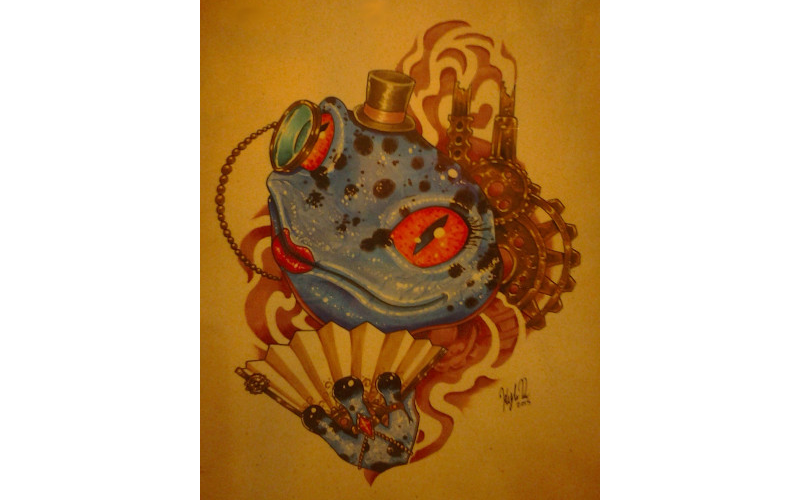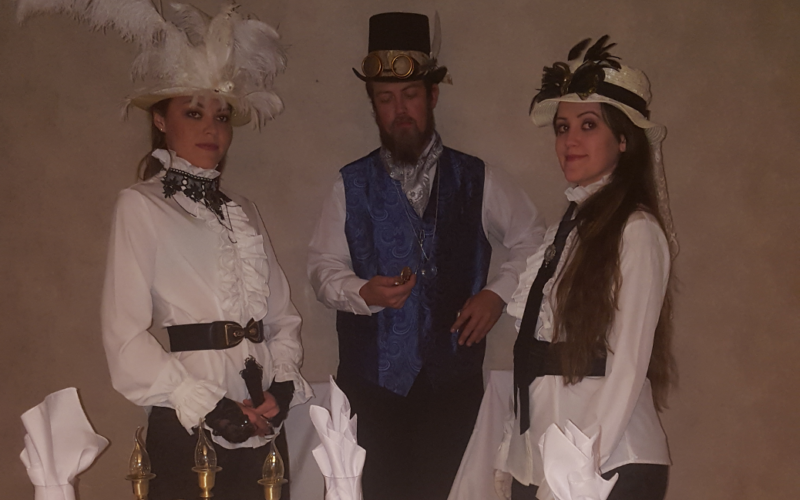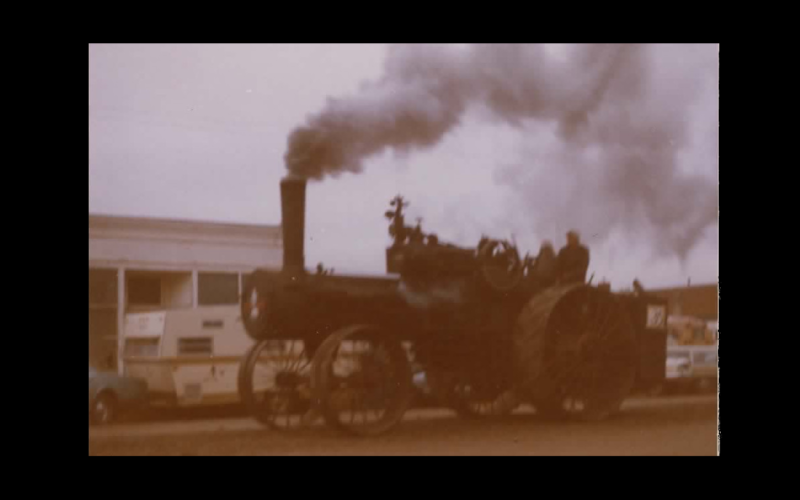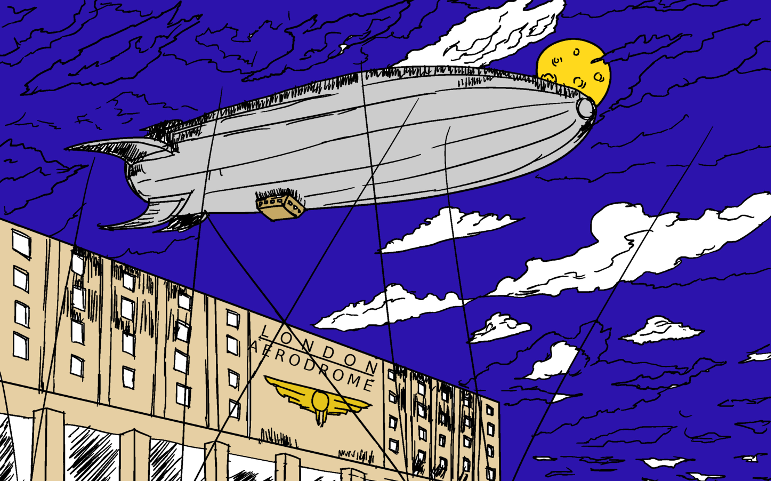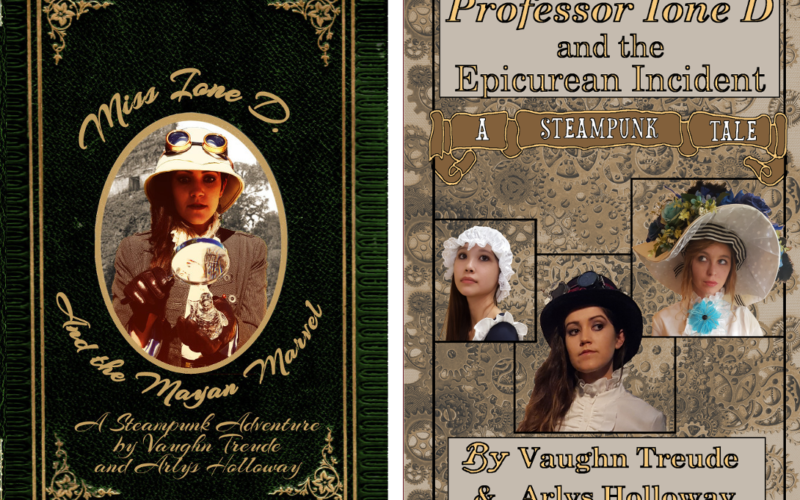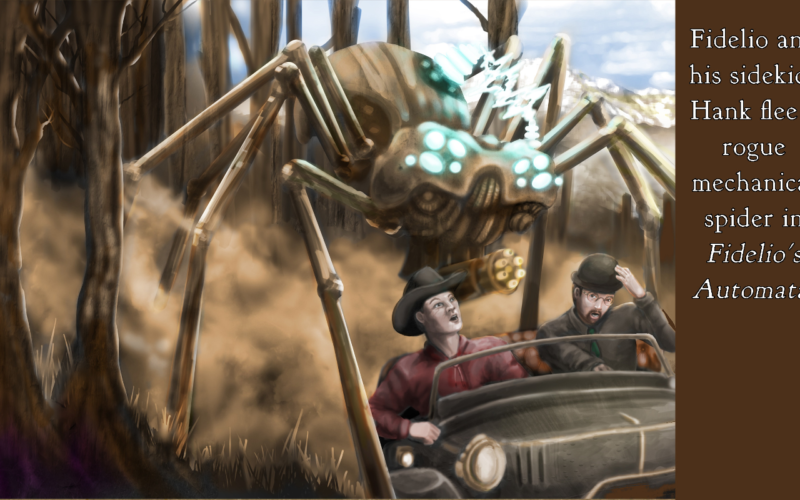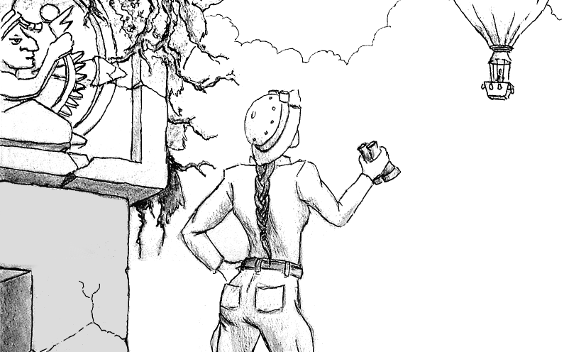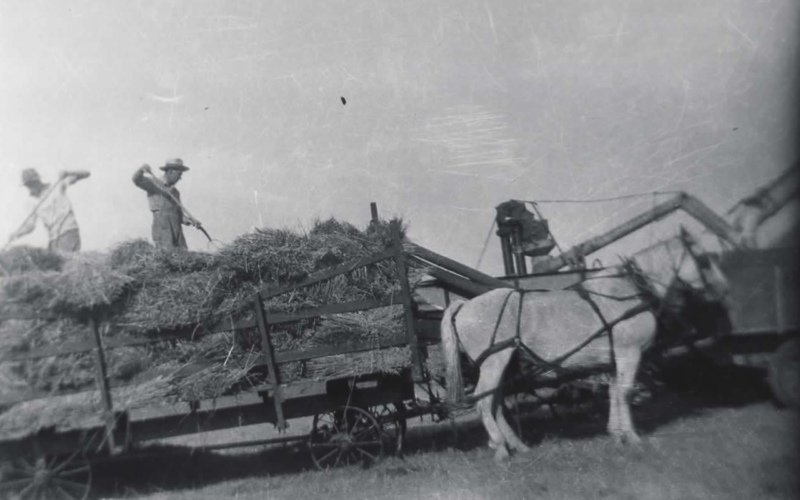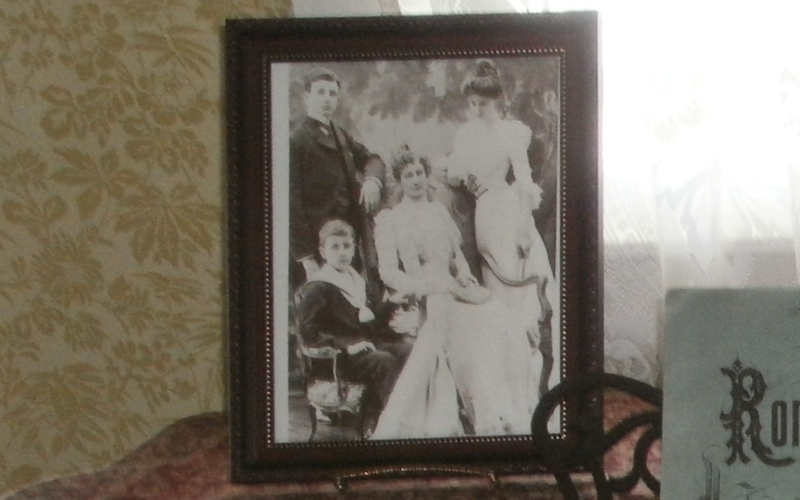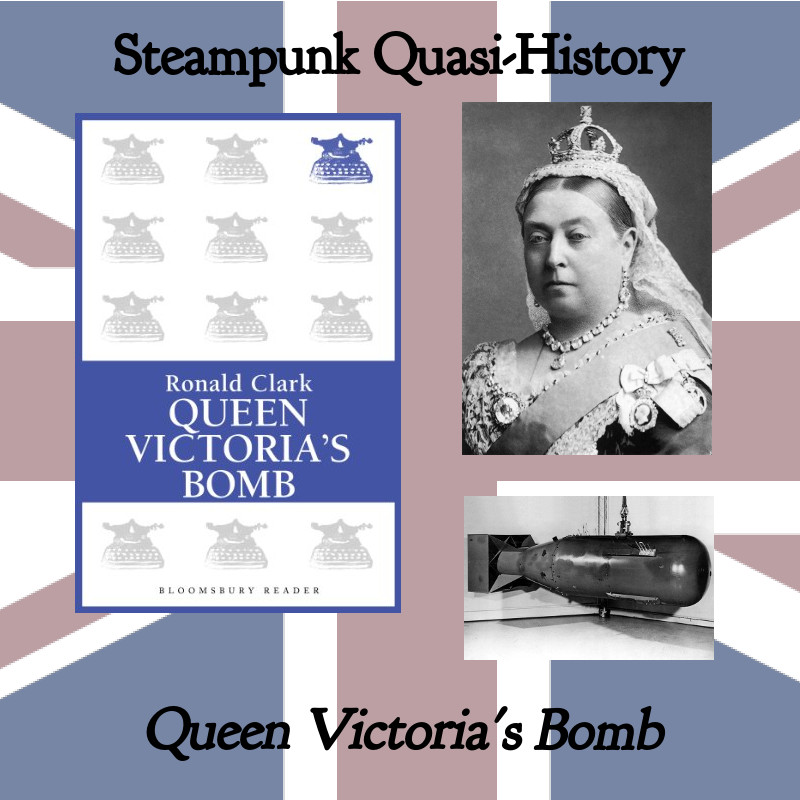
The longer I explore steampunk, the more I discover new and interesting examples of the genre. I am always encountering new titles, some of which were written before the genre got its name. The late Ronald Clark’s novel Queen Victoria’s Bomb, published in 1969, is one of these. Though it lacks the stereotypical steampunk elements such as gadgets and costume finery, it presents a plausible, well-researched alternate history. The premise, as the title implies, is that nuclear weaponry is developed a century before the Manhattan project by a British scientist by the express orders of Victoria herself.
It begins in 1833 when Scottish science student Franklin Huxtable meets the renowned scientist John Dalton at a lecture at Cambridge. The incident leads him to a fascination with the constituents of the atom. Naturally, he becomes a physicist. Further research leads him to believe that uranium could be used to create very destructive weapons. Through his connections in the aristocracy, Huxtable meets with Queen Victoria and Prince Albert and convince them to fund the project.
The story continues over many years as Professor Huxtable researches and tests the proposed doomsday weapon. Huxtable is not, however, doing this for the glory of the Empire. Much like the real-life genius Nikola Tesla, he believes that he can end war through the invention of a sufficiently destructive weapon.
Huxtable deduces the theory of critical mass but does not discover the effects of shielding materials such as lead or particle-absorbing elements such as boron. Therefore he builds two devices instead of one. Detonation will be achieved by bringing them together via a railway built especially for the purpose. The first test is on the remote Jubila plateau in India where the bomb turns out to be far more destructive than its creator expected. He also discovers the unexpected effects of radiation on the plants, animals, and people of the area. The Army then shelves the weapon, awaiting the proper time to reveal its existence to the world. The peaceful half-century offers scan chances to showcase the weapon’s power, until the Crimean War. It appears to be the secret weapon to end the bloody debacle, but unexpected events occur to frustrate his careful plans.
Though the story’s pacing is quite slow, the author did painstaking historical research to create an air of authenticity. The book’s characters include numerous real-life historical personalities. This may be the first fictional book I’ve ever read that has footnotes! I wouldn’t recommend it to the casual reader but the true steampunk aficionado will find it interesting. I give it a rating of 3 out of 5 gears.

